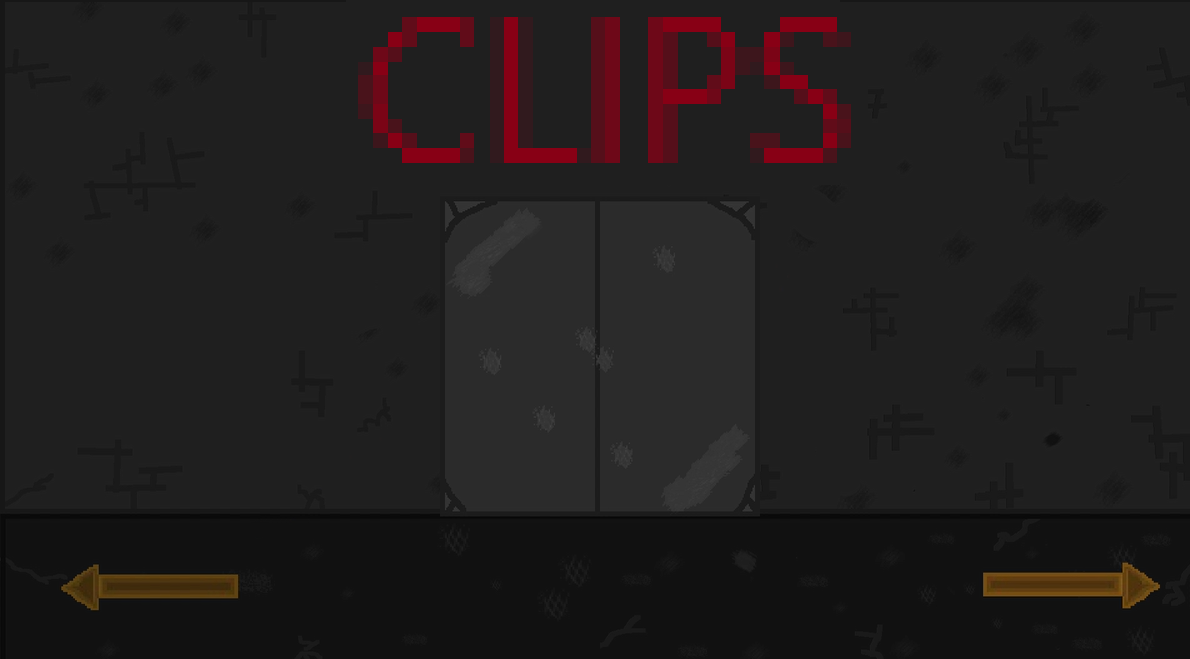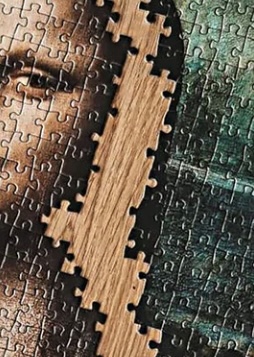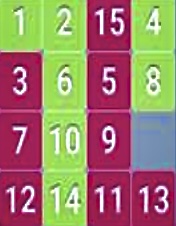CLIPS Devlog #5: Puzzles
Introduction
Puzzles have been a staple of horror games for a long time, so it makes since to include some in mine. In each level, there will be a puzzle and an additional minigame to play. But, with each of these there must be a balance, the puzzles must be challenging, but not too hard, and simple, but not too easy. Meanwhile, the puzzles should not be completely alien and not cliched. So, how can one find a balance? This devlog will explore that and hopefully help you in your own games!
Puzzles
To start: what is a puzzle and why are they important? A puzzle is simply just a challenge that is solved by logic instead of skill. A boss that you fight is not (usually) a puzzle. Also, why are they a staple in horror games? There is also an answer for that. Simply put: horror is not a genre. It is something that can be added to a genre like survival horror or action horror. Thus, this also works with puzzle horror. Things could have horror as the genre, but it is technically not a stand-alone genre.
Originality
So, that brings us back to my game, where one of the core mechanics is puzzles. This means I have to design 11 different puzzles (10 normal and one tutorial). How do I keep each puzzle unique from both the others and puzzles already existing. The answer is: sometimes I don’t. In one of the puzzles, you have to play a well-known puzzle video game. But how do I get away with that? The player has to collect all the games pieces in order to play.
So, what does that mean for overall puzzles. If you have a unique idea, great! Use it, but make sure to explain it well. If you don’t, I recommend taking inspiration from an existing puzzle, and tweaking it to make it your own. I took inspiration from Last Seen Online. It’s a great puzzle horror game, so you should check it out! Lastly, if you want to use an age-old puzzle like a number sorting game, you can! Just add an extra challenge to it.
(Number Sorting Puzzle)
Difficulty
I touched on the subject of difficulty in my progression devlog (link at the bottom of the page), but here I will be speaking to puzzles specifically. So, you don’t want to make puzzles to hard or too easy, least the player lose interest or quit. So, how do you find the balance? Here are a few things you can do:
- Include Instructions. It doesn’t need to be that big, but if the player reaches a puzzle part without completing everything else needed, for example, tell them exactly what they need to do first.
- Offer The Ability to Skip. In very hard puzzles, the player might get frustrated. So, after a few failed attempts, offer the ability to move on. Maybe a buddy shows up to do the puzzle for them, or they can just press a skip button. This does come with the opportunity to taunt the player for skipping, however.
- Give Hints. Alternatively, if the player fails, hints could be given to help them. This will decrease the difficulty of the puzzle and give the player a sense of reward when they do finally beat it. You can also have an optional hints menu on your game page.
So, what will I do? My favorites are one and three. Two feels to forward for the game I’m making, and hints should be able to get the job done. That’s all for me! I would encourage if you check out some of my other games here, and stay tuned for more CLIPS content. For that, scroll down. I hope this helped. Happy game development!
CLIPS
An upcoming point-and-click escape room horror game!
| Status | On hold |
| Author | Snow140 |
| Genre | Puzzle |
| Tags | 2D, Escape Game, First-Person, Horror |
More posts
- Development Paused!Nov 04, 2024
- CLIPS Devlog #9 - LoreOct 02, 2024
- CLIPS Devlog #8: Learning GodotSep 21, 2024
- CLIPS Devlog #7 - Game Engines (Part two)Aug 31, 2024
- CLIPS Devlog #6: Game EnginesAug 17, 2024
- CLIPS Progress Update #1Jul 24, 2024
- CLIPS Devlog #4: ProgressionJul 13, 2024
- CLIPS Devlog #3: UIJul 12, 2024
- CLIPS Devlog #2: Limits of a Point-and-ClickJul 11, 2024



Leave a comment
Log in with itch.io to leave a comment.